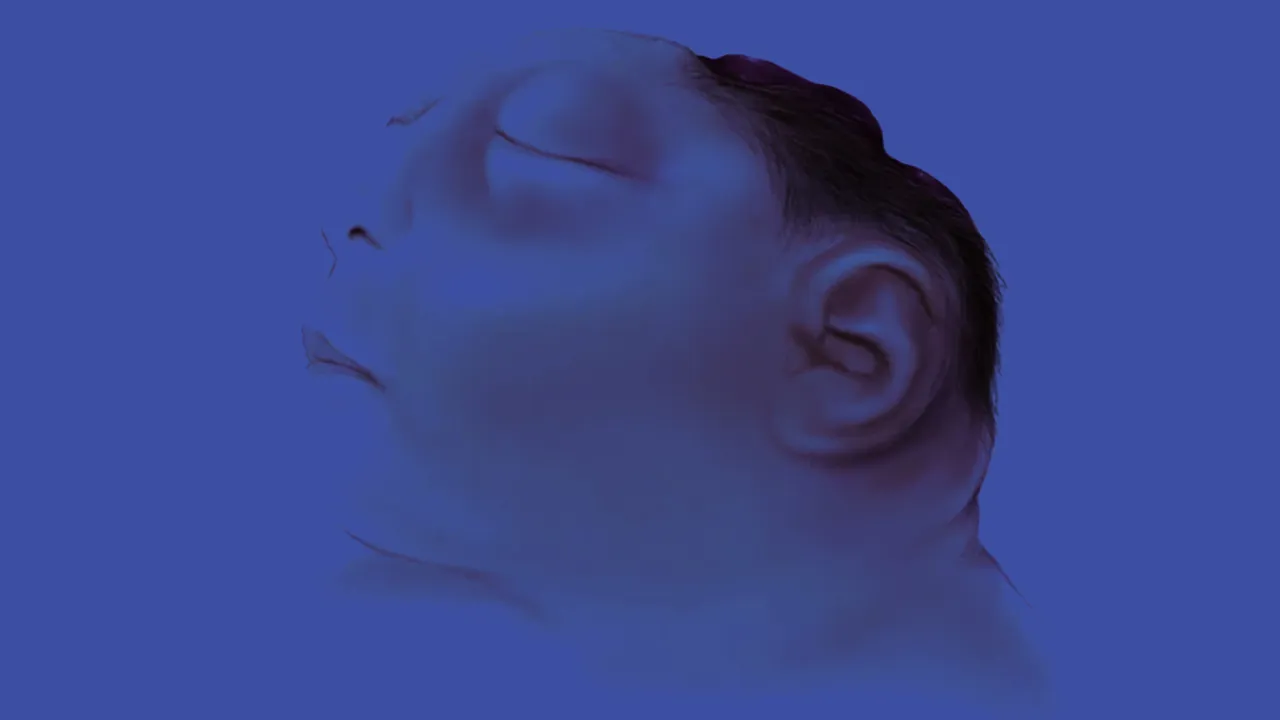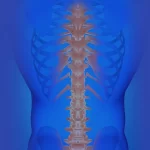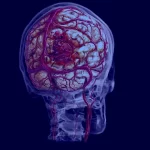
28
Anencephaly: Causes, Diagnosis, and Treatment
Introduction:
Anencephaly is a rare and fatal congenital disability that affects brain and skull development. It is a neural tube defect that occurs when the neural tube, which is the structure that forms the brain and spinal cord, fails to close properly during the early stages of fetal development. This results in the absence of a significant portion of the brain and skull, leaving only a small part of the brainstem and cerebellum intact. Anencephaly is a devastating condition with no cure and is often fatal within hours or days of birth. Anencephaly affects approximately 1 in every 10,000 births worldwide and is more common in females than males.
Causes of Anencephaly:
The exact cause of Anencephaly is unknown, but it is believed to be a combination of genetic and environmental factors. Some risk factors for Anencephaly include a family history of neural tube defects, low intake of folic acid during pregnancy, and exposure to certain chemicals and toxins.
Diagnosis of Anencephaly:
Prenatal diagnosis of Anencephaly through various methods, including:
- Ultrasound: An ultrasound can detect Anencephaly as early as 12 weeks of pregnancy. During an ultrasound, high-frequency sound
waves create images of the developing fetus. The absence of the skull and brain can detect Anencephaly. - Amniocentesis: This is a procedure in which a small amount of amniotic fluid is removed from the sac surrounding the fetus. The
fluid is then tested for the presence of specific proteins that are associated with Anencephaly. - Chorionic villus sampling (CVS): This is a procedure in which a small placenta sample is removed and tested for genetic
abnormalities, including Anencephaly.
It is important to note that prenatal diagnosis of Anencephaly can be emotionally challenging for parents. Therefore, seeking support from healthcare professionals and loved ones during this time is essential.
Symptoms of Anencephaly:
The symptoms of Anencephaly are usually apparent at birth. Infants with Anencephaly are born without a complete brain and skull, and they may have a small, flat head with a bulging forehead. They may also have a cleft lip and palate, and their eyes may be widely spaced and not fully developed. Infants with Anencephaly usually cannot breathe independently and require immediate medical attention.
Treatment of Anencephaly:
There is no cure for Anencephaly, and management of the case focuses on providing supportive care to the infant, which may include measures to maintain the infant’s body temperature, provide oxygen, and manage any seizures or other complications. In most cases, however, infants with Anencephaly do not survive beyond a few hours or days after birth.
Women planning to become pregnant or already pregnant should take a daily folic acid supplement, which has been shown to reduce the risk of neural tube defects such as Anencephaly. It is also essential to avoid exposure to harmful chemicals and toxins during pregnancy and seek medical attention if there is a family history of neural tube defects.
In Summary:
Anencephaly is a rare and devastating congenital disability affecting brain and skull development. It is a condition with no cure and is often fatal within hours or days of birth. However, proper prenatal care and nutrition can reduce the risk of Anencephaly. Therefore, it is essential for women planning to become pregnant or already pregnant to reduce their risk of this condition. While Anencephaly is a tragic and heartbreaking condition, advances in medical care and prevention offer hope for a future where this condition no longer threatens newborns and their families.





Comments are closed.